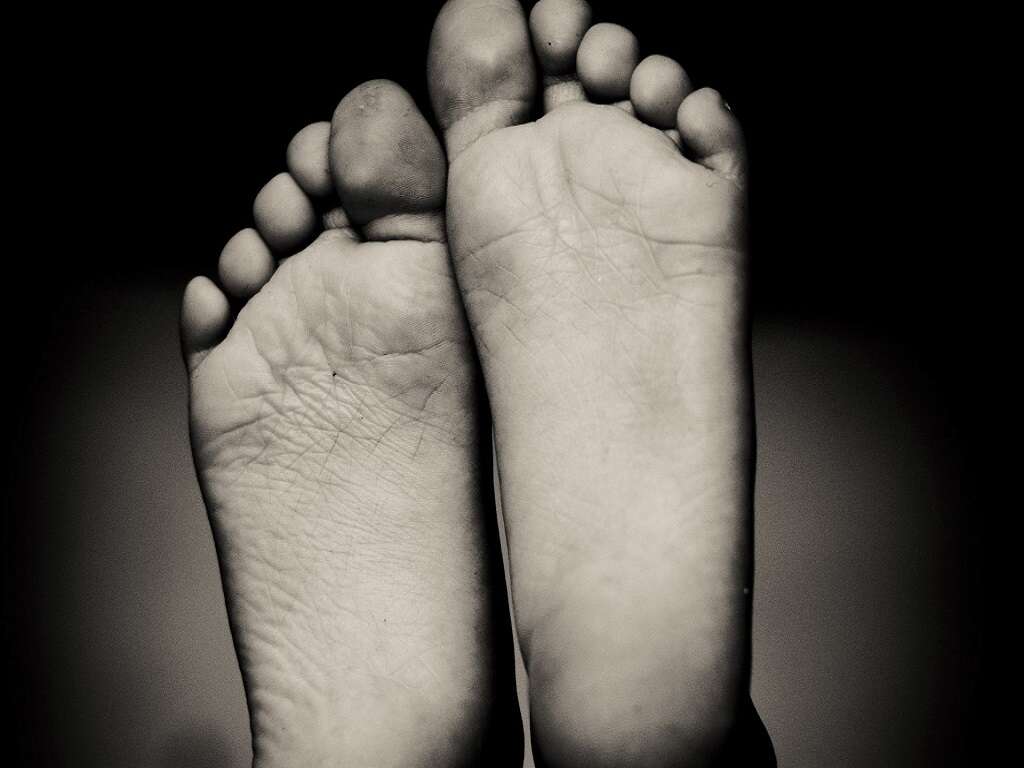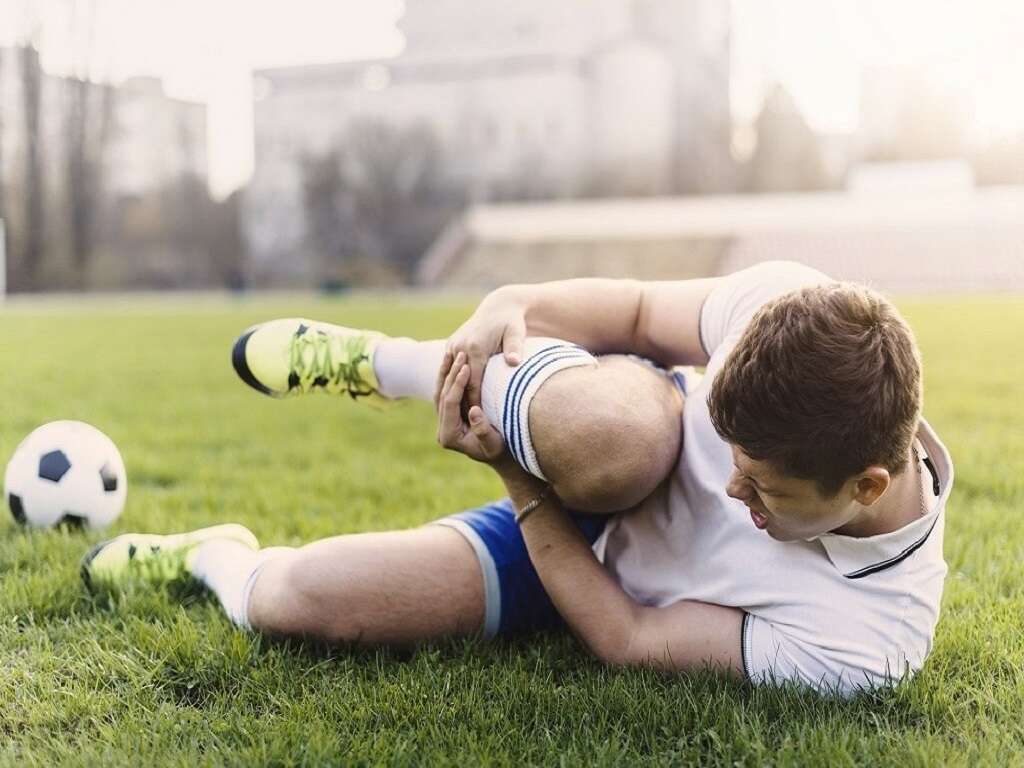10 Torn ACL Symptoms
The knee is a very important joint that helps give us the flexibility, strength, and balance we need to be able to walk, run, and climb. It is where the upper and lower leg bones come together, and consists of bones, cartilage, tendons, muscle, nerves, and ligaments. One of these ligaments is the Anterior Cruciate Ligament (ACL).
Ligaments are strong “cords” of material that help to hold joints together. It takes a lot for them to become torn but it can happen.
A torn ACL most often happens in athletes that are putting the ligament under a lot of strain, but it can happen to anybody. There are several symptoms to look out for that indicate you have torn your ACL.
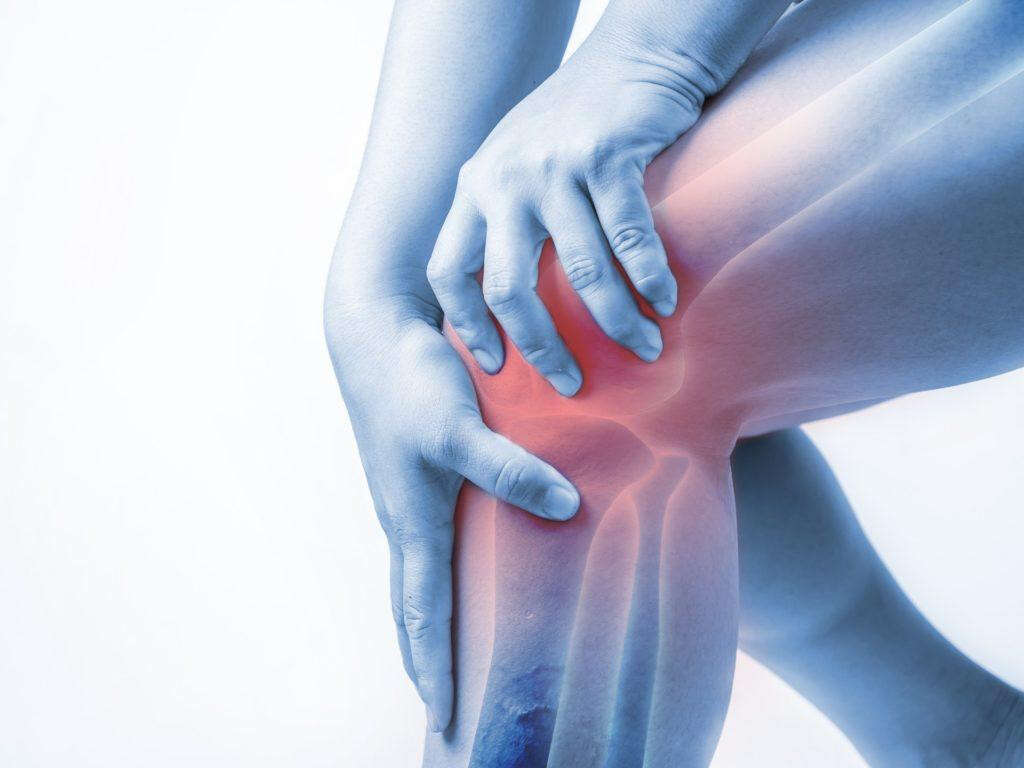
Symptom #1: A Loud “Pop”
Ligaments are made from strong materials, and it takes a lot to break them. As such, you can expect to notice when one has been torn, and in more ways than one. When it comes to a torn ACL, you can expect to hear a loud “popping” sound.
The sound is often loud enough to be clearly heard and not just by the patient but also by others around them. In addition to a popping sound, some people might also describe a popping sensation in the knee. It is important to let medical professionals know this information because it will help them to get to the root of the problem quickly.

Symptom #2: Pain
A torn ACL is quite a considerable injury to experience. As such, you should expect to feel considerable pain at the moment of the injury. The pain is likely to be unbearable and the patient will find that they will have to stop all activity immediately.
The pain will gradually subside over time, although some patients might want something to help ease the pain. Any further movement is also likely to add to the pain, but it is advisable to keep the knee as still as you can anyway. Any further movement of the knee might make the injury even worse.
Sometimes an ACL rupture may not cause pain. The ACL itself does not contain nerve endings and so if the injury occurs at the middle portion of the ACL only, the person may not experience any pain at all.

Symptom #3: Loss of Movement
If you have torn your ACL then you should try to avoid moving it as much as you can. This is not only at the time of the injury but also for some time after to give the body sufficient time to heal. You are not likely to want to move the knee anyway due to pain, but you will find that you are unable to move even if you did want to.
Such a serious injury to a joint will render you unable to move it. Not only can it become physically difficult, but also psychologically difficult as the body does what it can to protect itself from further harm.
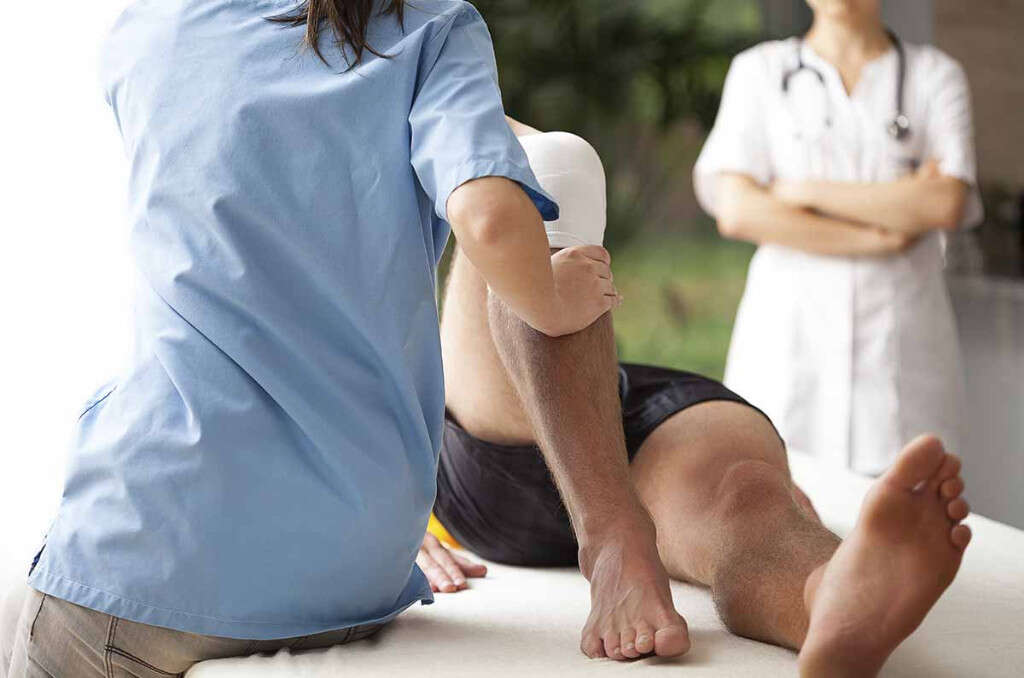
Symptom #4: Bruising
When you tear your ACL, it is likely that you would have also damaged surrounding tissues and blood vessels. Damaged blood vessels can lead to blood escaping from them. When this happens internally, it causes blood to be trapped in the body.
When blood is trapped just beneath the surface of the skin, we are often able to see it as a darker patch. This is what we know as bruising, which will often be blue/purple/black in color. Once the internal bleeding has stopped, the body will eventually begin to move the blood away from the site, causing the bruise to fade.
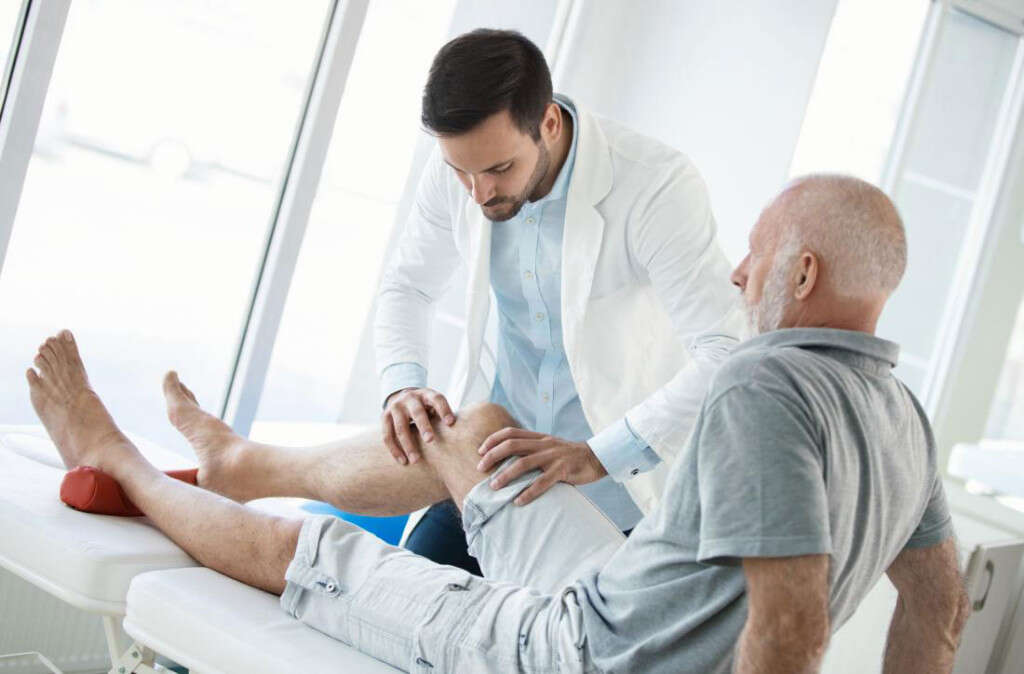
Symptom #5: Swelling
An ACL is likely to cause bleeding. This means that the area will become flooded with liquids, causing it to become swollen. What’s more is that the body will also start sending more fluids there to start helping with the repair process. This will further add to the swelling and the swelling can become quite significant.
The swelling will usually take place within a couple of hours of the injury occurring, although any swelling caused by internal bleeding will likely occur immediately. The swelling will eventually begin to die down as the body gets on with the process of repairing the injury.
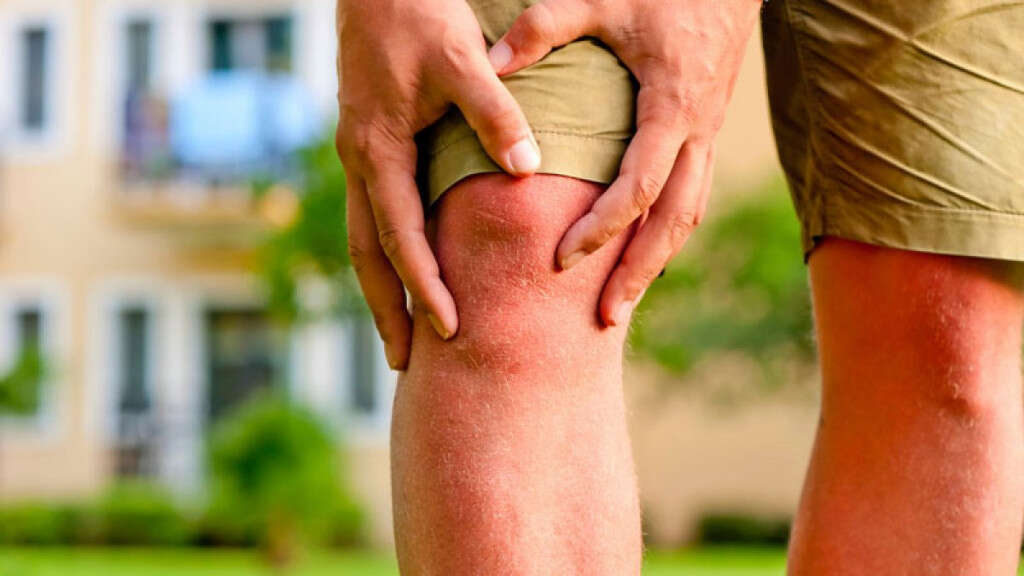
Symptom #6: Bubbling Sensation
The knee joint consists of bone, cartilage, and muscle held firmly together with ligaments that act almost like ropes. Although everything is packed in quite tightly, there are still some spaces that air and fluid can leak into. In the case of a torn ACL, the leaking blood will begin to fill into these spaces.
This will often cause what patient often describe as a “bubbling” sensation in the knee. This symptom is one of several that comes with hemarthrosis, which is the technical medical term given to the phenomena of blood filling these spaces. Be sure to let medical professionals know if you are experiencing this symptom.

Symptom #7: Recurring Pain
The pain that comes with a torn ACL is going to hurt, quite a lot. You will be pleased to know that the pain will gradually subside, but the bad news is that it can return. Many patients who have torn their ACL will complain that the pain has returned even some time after the injury took place.
What’s more is that patients will also sometimes find that swelling will return days or even weeks after the initial injury occurred. If this is the case, then you should arrange an appointment to speak with your doctor if you have not done so already.

Symptom #8: Heat
Our blood is really quite warm. This is because it gets heated by the body which is, itself, quite warm. As blood runs through the body, it will run through the innermost parts of our body, which is where much of the heat is. Indeed, the blood helps to keep the outer layers of the body warm.
When there is an injury, there is also likely to be blood. In the case of an injury, blood can accumulate in the area as it spills from the blood vessels, causing the area to become hotter. In addition, further warm fluids will also be sent to the area to help with repairs to the body.

Symptom #9: Feeling of Instability
A torn ACL will heal, and the patient will usually regain full use of the knee joint. That does not mean to say that the ligament will return to full strength, though, and the whole joint may feel weaker as a result. People will often feel as though the joint is not completely stable even for years after the injury initially took place.
Ideally, if you do think you have torn your ACL, you should get it seen to by a specialist. In some cases, they may recommend surgery. Although this is unlikely to sound appealing, it can be necessary to ensure your knee joint regains its full strength.
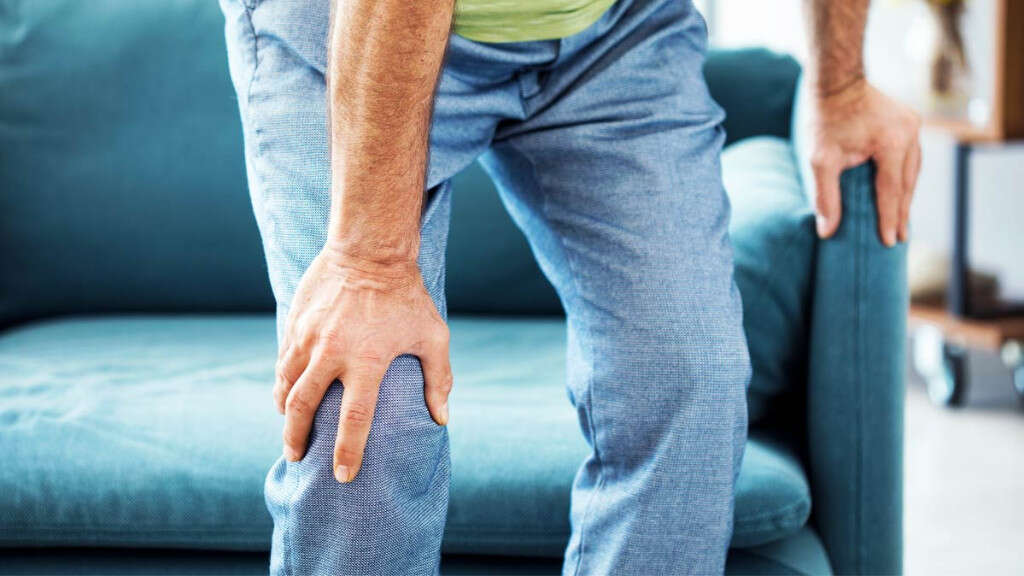
Symptom #10: Recurring Injury
The ACL, and the knee joint overall, is quite strong, strong enough to withstand the forces we place upon it on a daily basis. While the ligament can occasionally be torn, most of us are unlikely to put it under the kind of strain that can cause the injury. If it happens once, though, then the chances of it happening again may be increased.
If a torn ACL is not treated properly, such as with surgery if necessary, then it may never regain its original strength. This means that it becomes easier for the ACL to be torn again. Not only will this put the patient under more pain, but it will also likely make the injury even worse.




